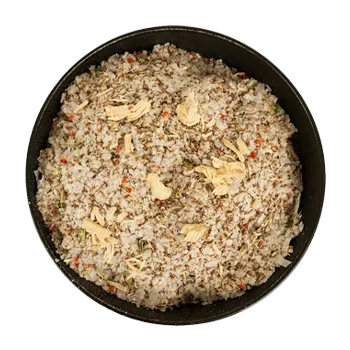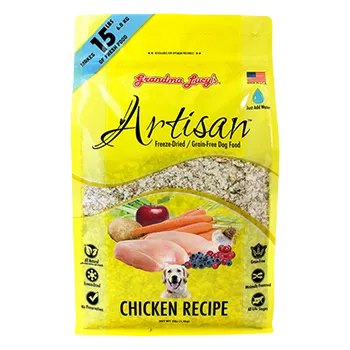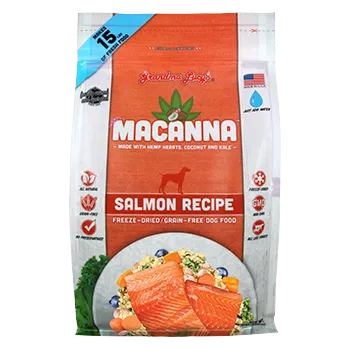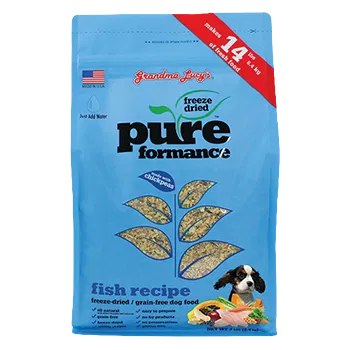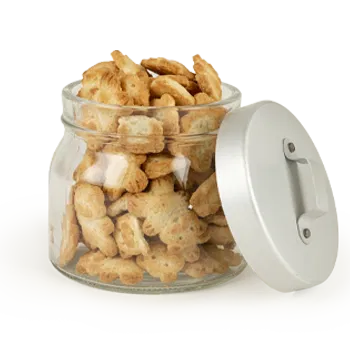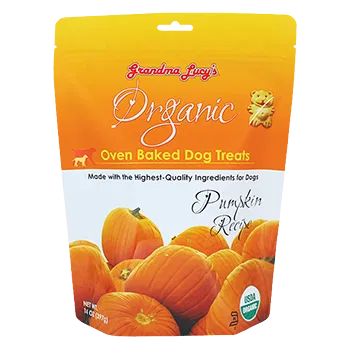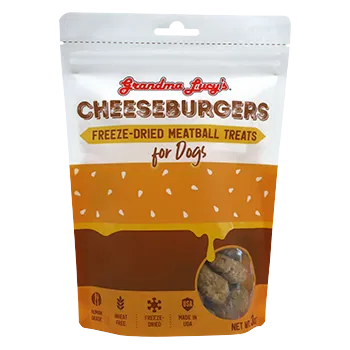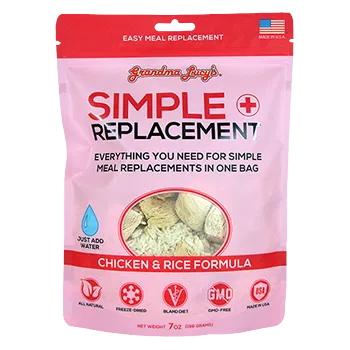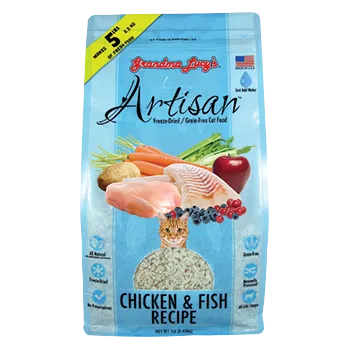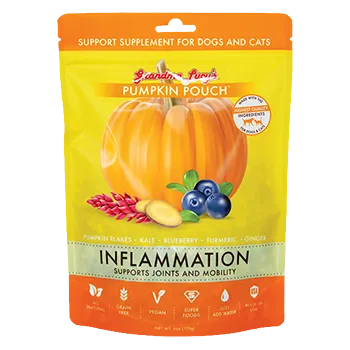Houseplants are lovely; they add wonderful color and life to a room. Watching their growth can be a journey all on its own. Especially with finicky plants that need the utmost of our attention. Looking at you, Croton. You didn’t have to turn yellow just because I turned the pot. Houseplants even have measurable, scientific benefits. From improving air quality to reducing stress, we have powerful allies in our plant friends.
However, these same plants can be dangerous foes to our pets. Many houseplants are toxic to dogs and cats, and with the outdoors, pets face even more dangers. Plants are great additions to any home, but owners must understand what variety they are bringing in and how these might affect their pets. Here are a few simple tips to make sure your home is safe for all life.

Take Inventory
Dangerous houseplants are not rare; there might even be a few next to you right now. Many are harmful to people as well as pets. It is vital to understand the specifics of the plants you own.
Before you buy your next plant, take an inventory of the plants you currently have. Some of the most common plants are also toxic. Some of these plants and signs of toxicity include:
- Tulips: causes irritation in the mouth, along with drooling and nausea
- Hyacinth: known to cause vomiting, diarrhea, tremors, and even depression
- Azalea: causes vomiting, low blood pressure, coma, and even death
- Sago Palm: ingestion leads to vomiting, bloody stools, and nosebleeds
The type of the animal can influence reactions and symptoms. Some plants that are harmful to dogs aren’t dangerous to cats and vice-versa. Pre-existing conditions like allergies can also interact with plant symptoms.
Pet parents will want to look for common signs of toxicity like drooling, panting, or various forms of gastrointestinal distress. Plant poisoning will also often lead to lethargy or otherwise non-normal behavior.
Even non-toxic plants can still trigger sensitivities for some pets. Like humans, pets can be allergic to many types of plants. Seasonal allergies can kick in with extra potency if your home or yard is full of plants. If you’ve noticed that your pets seem to be scratching, sneezing, or acting differently after a recent plant addition, they might be allergic.
Don’t forget to check your outdoor living space to be sure your landscaping is pet-friendly. There are plenty of flowers, shrubs, and even garden edibles that are toxic for your pets. Tomatoes and onions can harm your pups, and common outdoor plants such as English Ivy and Wisteria can be deadly.

Toxic Plants: Keep or Toss?
Once you know the potential dangers of plants in your home, you’ll have some decisions to make. If you can ensure that you can keep dangerous plants away from pets, you might consider keeping them. High shelves or inaccessible countertops may be enough to deter some pets. However, if you have a curious cat or an extra-athletic pooch, you might need a secure room.
If you have the space, consider turning your extra room into a designated plant room. You might even be able to better manage the various climate needs of your picky plants and ensure they get the proper light and humidity. And remember, a secure room will keep curious pets safe from nibbling on dangerous plants.
Ditch the patchy grass and plant pet-friendly ground cover. Use clover or creeping thyme for a safe and durable cover. Fence off dangerous plants and gardens, or use mobile pots and containers. You can even plant herbs to keep pest insects away from your pets.
To make your yard even safer for pets, use plants that can benefit them. These can be:
- Safe shrubs and bushes to create shade, like Magnolias or Bottlebrush shrubs
- Marigolds and Lilacs for pet-safe color and fresh scents
- Hedges to create dog-friendly areas, away from non-pet-friendly plants
If all else fails, you can donate your plants to friends and family. There are even resources to swap or donate plants online. That way, you can keep your pets healthy, and make someone happy at the same time. It’s a win-win!
Have an Emergency Plan
Pets can be crafty, and there is always a chance that they can get into mischief when your back is turned. Even if the chance of harm is low, always know what is harmful for your pets and who to call in an emergency. If you know or think your pet has eaten something dangerous, don’t delay; contact poison control and your vet immediately. Explain what happened, and any symptoms your pet is showing.
As pet people, we want our pets to live their healthiest and happiest lives. As plant people, we all want to be surrounded by and enjoy the soothing energy of natural life. Now with a few simple steps, anyone can achieve both. Your pets, and plants, will thank you!
By Jessica Larson of SolopreneurJournal.com

